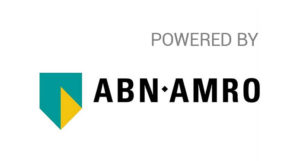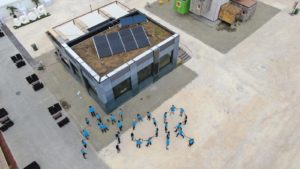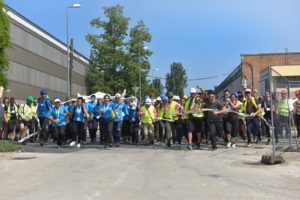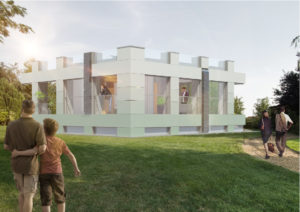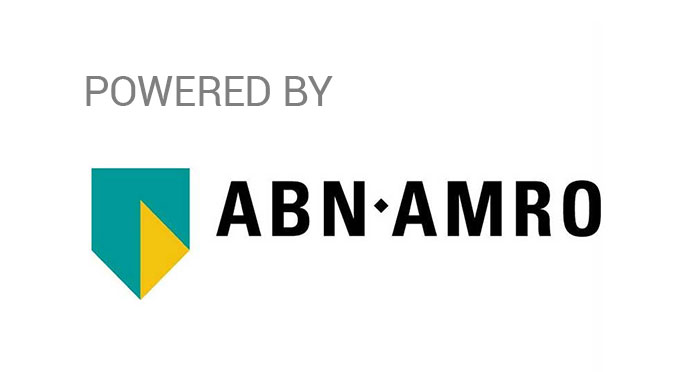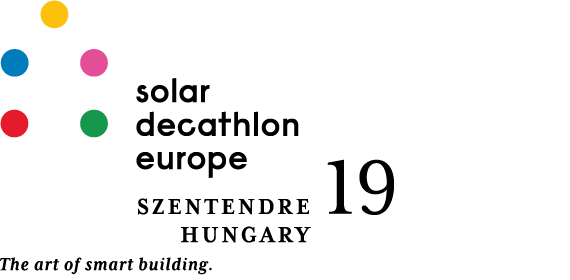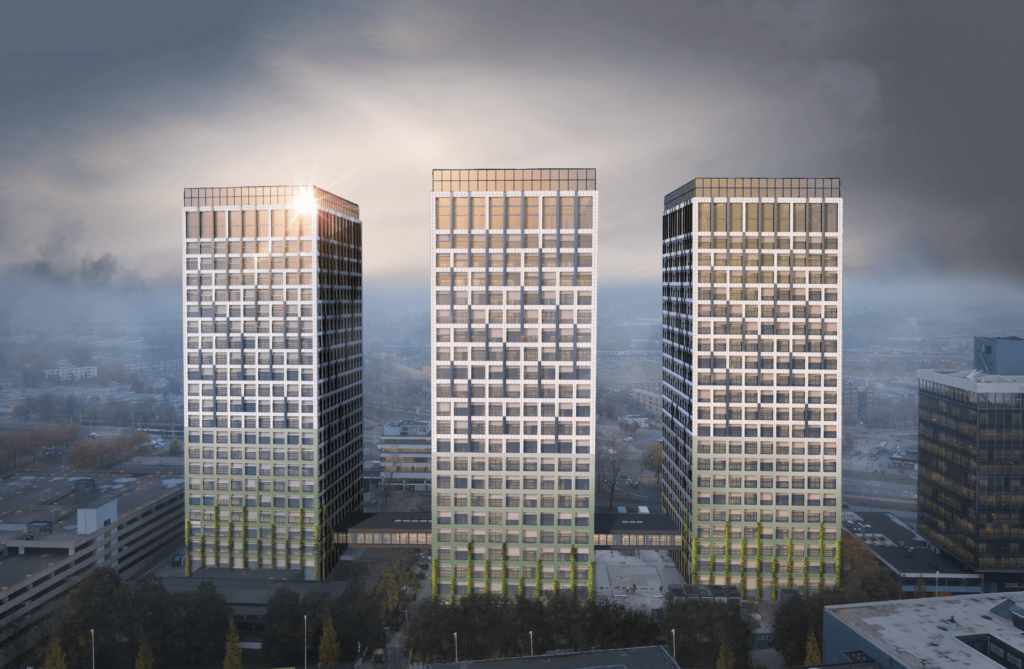
Welcome to the first MOR news!
Let’s introduce ourselves, we are the MOR (Modular Office Renovation) team of the TU Delft representing the Netherlands in the Solar Decathlon Europe. The team consists of 54 students from the TU Delft with more than 20 different nationalities and 14 different disciplines.
The team has an enormous passion to innovate and develop a strategy that prepares the built environment for 2050, when the built environment must be completely CO2 neutral and circular.
MOR is working on a design to renovate (a part of) an inefficient office into net positive apartments that
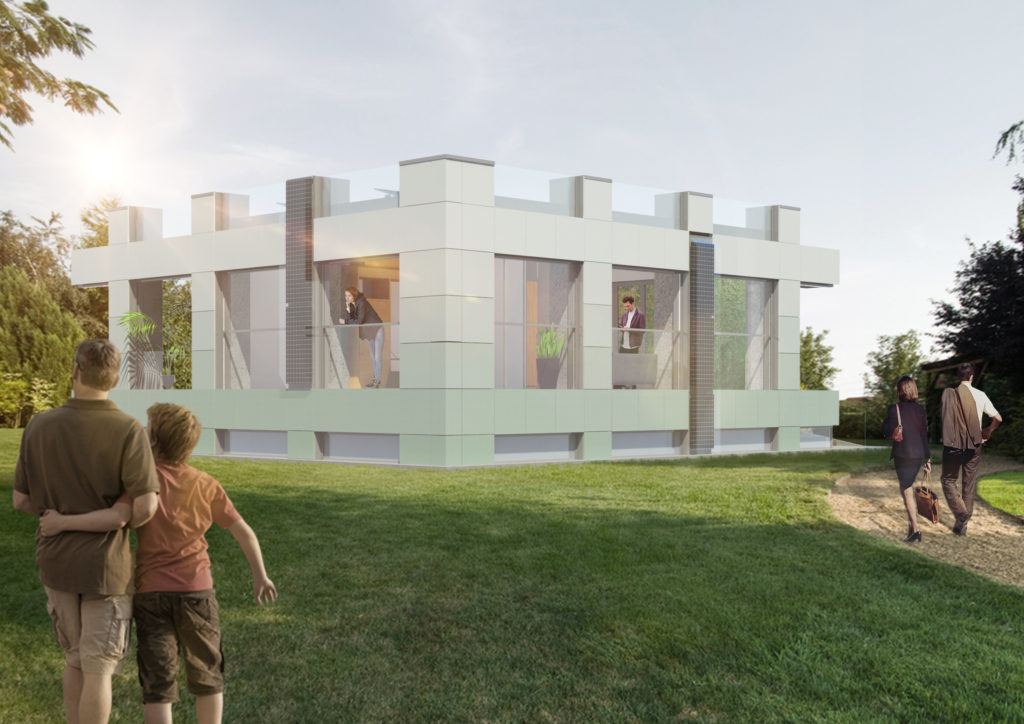
Buildings are currently huge consumers of energy and resources and the MOR team believes that this should be different. Van Sluijs: “In order to ensure that our future generations can flourish, we believe that buildings must turn into producers who give back more to their environment than they take away from it.”
Siem van Sluijs, partnerships manager
“We see two major challenges within the built environment in the Netherlands, namely the large
amount of inefficient offices and the high demand for affordable housing for starters,”
“We see two major challenges within the built environment in the Netherlands, namely
Net positive
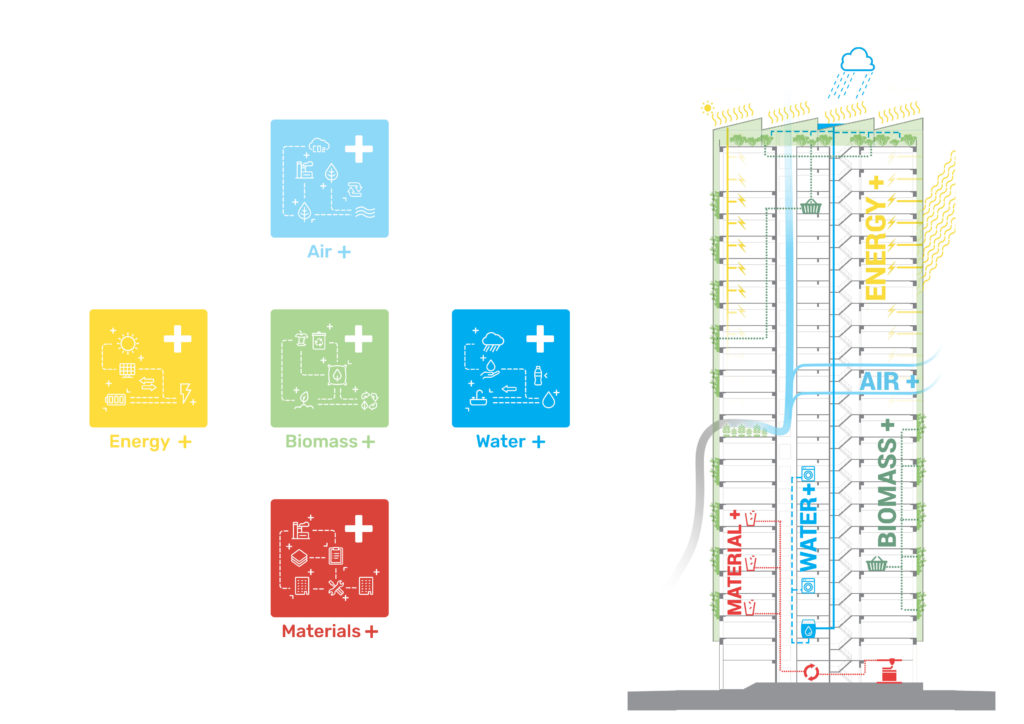
The design is based on a modular and ‘net positive’ apartment. “With net positive we mean that the building, for example, produces more energy than it uses. In addition, the air entering the building is filtered, this creates a healthy indoor climate and food can be grown within the tower ” explains Van Sluijs. Within this net positivity, the MOR team focuses on five aspects: energy +, water +, air +, biomass + and materials +.
Modular design
The entire renovation of the office buildings is possible with four modules: facade module, bathroom/kitchen module, bed/desk module and wall module. This makes the renovation of the poorly performing offices accessible and affordable. In addition, the modules can easily be reused in other buildings.
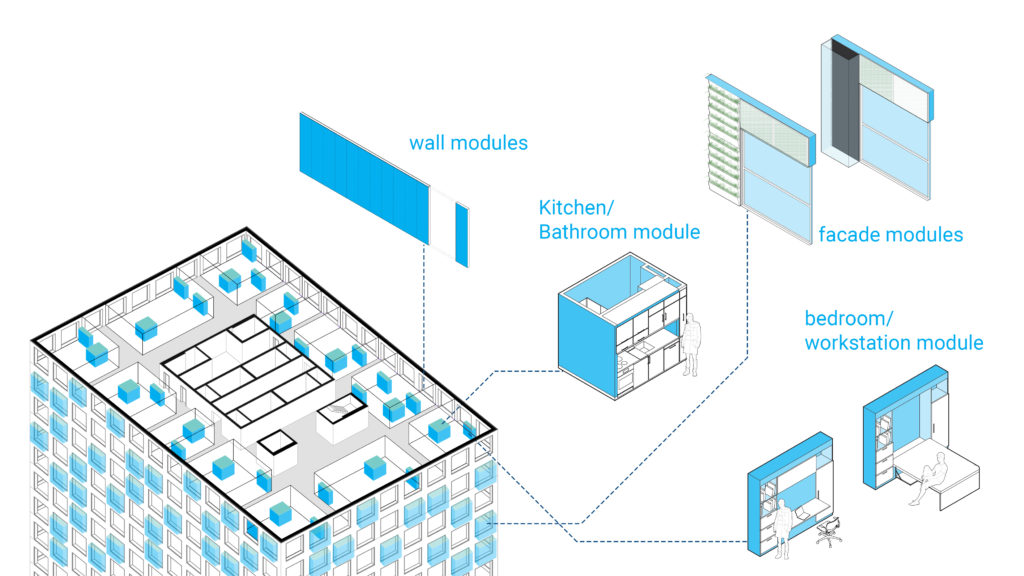
Because residents have individual requirements and wishes for their home, the modules can be placed by the residents in such a way that the home meets their requirements. For example, the apartment can be larger or smaller and an extra bedroom or bathroom can easily be added. This makes the design future-proof.
